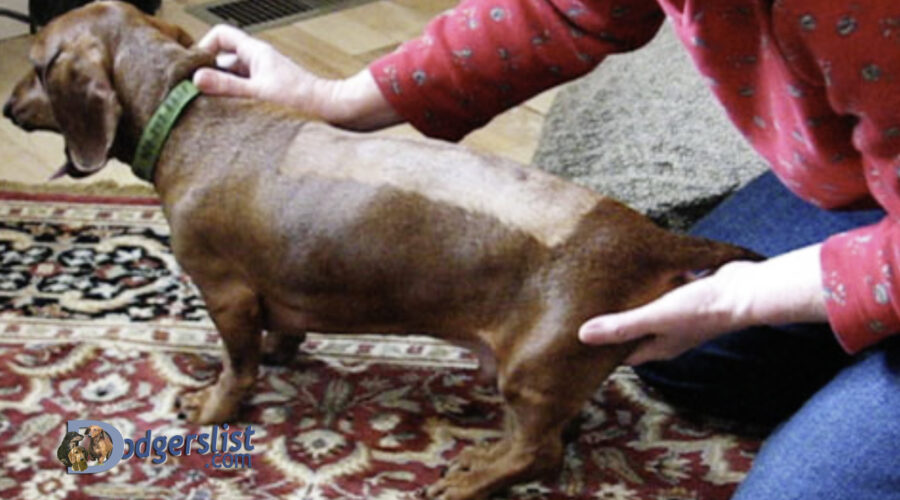Regular X-rays (radiographs) are good for evaluating bony abnormalities (fractures, infection of the bone, tumors of the bone). A healthy intervertebral disk and spinal cord are not visible on a radiograph because they are soft tissue and not bone.
Sometimes an unhealthy disk (degenerative) will become mineralized and this can be seen on the radiograph.
A myelogram is a radiograph, but a contrast agent has been injected around the spinal cord. The contrast agent is a liquid that shows up on the radiograph and highlights around the spinal cord. If something is putting pressure on and compressing the spinal cord the myelogram helps one visualize this.
An MRI uses technology completely different than radiographs and myelograms. It is better at imaging soft tissue than bone. It also allows for a better evaluation of the spine because it provides images in three planes while a myelogram only provides images in two planes.
In general, radiographs are a good screening tool, but not reliable enough to diagnose a herniated intervertebral disk and decide if surgery is warranted.
A myelogram is a good and typically less expensive way of diagnosing a herniated intervertebral disk and deciding if surgery is warranted. It does carry with it some risk (contrast is injected around the spinal cord) and it is not as good as an MRI in evaluating diseases other than herniated intervertebral disks that can cause problems with the spinal cord.
An MRI is the gold standard for imaging the spine. Because of the excellent soft tissue detail and the ability to get images in all three planes. Dr. Andrew Isaacs, DVM Diplomate ACVIM (Neurology) “Myelogram vs. MRI vs. x-rays.” Dodgerslist Neuro Corner. Jan 2012.













Recent Comments